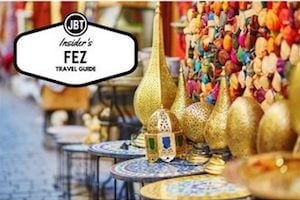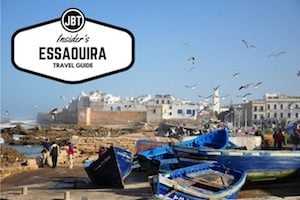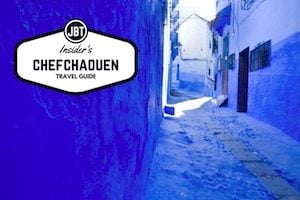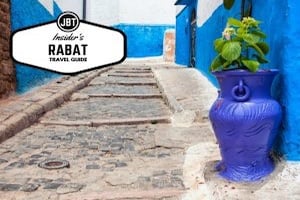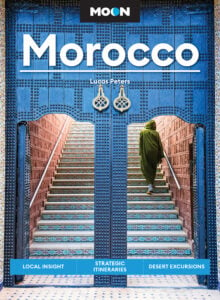 Megdaz is a village in the Atlas Mountains known for its high-altitude setting and distinct architecture of Morocco. The High Atlas (as they are also known) are the highest mountain range in North Africa, often called “the roof of Morocco.” They form a natural barrier approximately 750 kilometers (466 miles) long that separates Saharan Morocco from the Atlantic and Mediterranean regions. Located high in the Tessaout Valley, Megdaz lies almost 2000 meters (6500 feet) above sea level. Hiking enthusiasts rave over the lush environment watered by the Tessaout River and fertilized by the river´s mud and silt.
Megdaz is a village in the Atlas Mountains known for its high-altitude setting and distinct architecture of Morocco. The High Atlas (as they are also known) are the highest mountain range in North Africa, often called “the roof of Morocco.” They form a natural barrier approximately 750 kilometers (466 miles) long that separates Saharan Morocco from the Atlantic and Mediterranean regions. Located high in the Tessaout Valley, Megdaz lies almost 2000 meters (6500 feet) above sea level. Hiking enthusiasts rave over the lush environment watered by the Tessaout River and fertilized by the river´s mud and silt.
Apart from the scenic natural beauty of the village, visitors might be most interested in the reddish earthen fortified structures built as family homes, barns and defensive forts, referred to as a greniers collectifs in French, or ighrem (ih-RHEM) or agadir (ah-gah-DEER) in Berber. The structures look impossibly tall and strike an impressive silhouette. The architecture features multiple floors and large flat roofs, which are used for drying grain in the fall and for sleeping outdoors during hot summer nights. Thick earthen walls insulate the homes from both the scorching sun in the summer and from the bitter cold in the wintertime, when snow often cuts the village off from the rest of the mountain towns.
Megdaz´s population, which totals about 2000, is Berber, or Imazighen (singular Amazigh) as they call themselves in their language, known as Tashelhit or Shilha. Together with Tamazight, it is one of the largest dialects of the Berber language spoken in North Africa. Berbers number about 25 million throughout North Africa, although they mostly reside today in Morocco and Algeria. In Morocco, around two-thirds of the population claim Berber decent. They are an ethnically distinct tribal people who inhabited these mountains and deserts thousands of years before the Arab conquest brought the Arabic language and Islam in the seventh century A.D. While many Berbers intermarried with Arabs and adopted their language, religion and customs, Berbers in the High Atlas Mountains remain fiercely attached to their traditions. Inhabitants are primarily subsistence farmers, with additional income coming from herding animals, harvesting nuts and weaving carpets. Patterns are handed down from weaver to weaver within families, resulting in designs specific to certain lineages.
Megdaz is also the birthplace of Mririda N’Aït Attik, a female Berber poet born in the early part of the 20th century, who composed traditional oral poetry in the Tashelhit Berber language. The poems were recorded, transcribed and translated by a French civil servant in the 1930s and published as Les Chants de la Tassaout (The Songs of de Tessaout). Her songs, often about love and desire, the natural beauty of her surroundings and the daily life of Berber women, are not only remarkable for their portrait of a woman of her time, but for their enduring resonance even in today´s modern times.
Written by Silvia McCallister-Castillo.
Photo by mojcek.
[stextbox id=”info” caption=”Related Tours with Journey Beyond Travel”]
Eclectic Morocco Trip – Explore art, architecture and all the highlights of Morocco.
Golden Sahara – An exploration into the vast corner of Morocco.
Fez to Sahara Desert and Marrakesh Tour – From the Sahara Desert to the city of Marrakesh, this Morocco tour hits some of the country’s highlights.
Marrakesh to Sahara Desert and Fez Tour – The opposite of the Fez to Sahara Desert and Marrakesh Tour, this itinerary is popular with first-time visitors.
[/stextbox]

